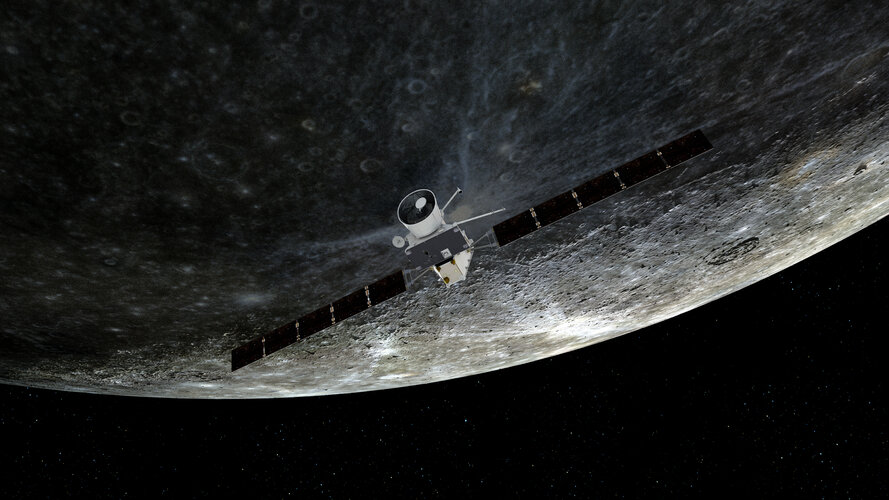Cosmic slingshot
Mercury is the least explored rocky planet of the Solar System, with one of the main reasons being that getting there is really difficult. As BepiColombo gets closer to the Sun, the powerful gravitational pull of our host star accelerates the spacecraft towards it.
Gravity assist flybys are a great way to change course using very little fuel, but they are far from simple.
Flight controllers are ready to precisely guide BepiColombo so that it passes Mercury at exactly the right distance, from the right angle, and with the right velocity. All of this was calculated years ago, but has to be as close to perfect as possible on the day.
“As BepiColombo starts feeling Mercury’s gravitational pull, it will be travelling at 3.6 km/s with respect to the planet. That’s just over half the speed it approached with during the previous two Mercury flybys,” explains ESA flight dynamics expert Frank Budnik.
“And this is exactly what the point of such events is. Our spacecraft began with far too much energy because it launched from Earth and, like our planet, is orbiting the Sun. To be captured by Mercury, we need to slow down, and we’re using the gravity of Earth, Venus and Mercury to do just that.”



